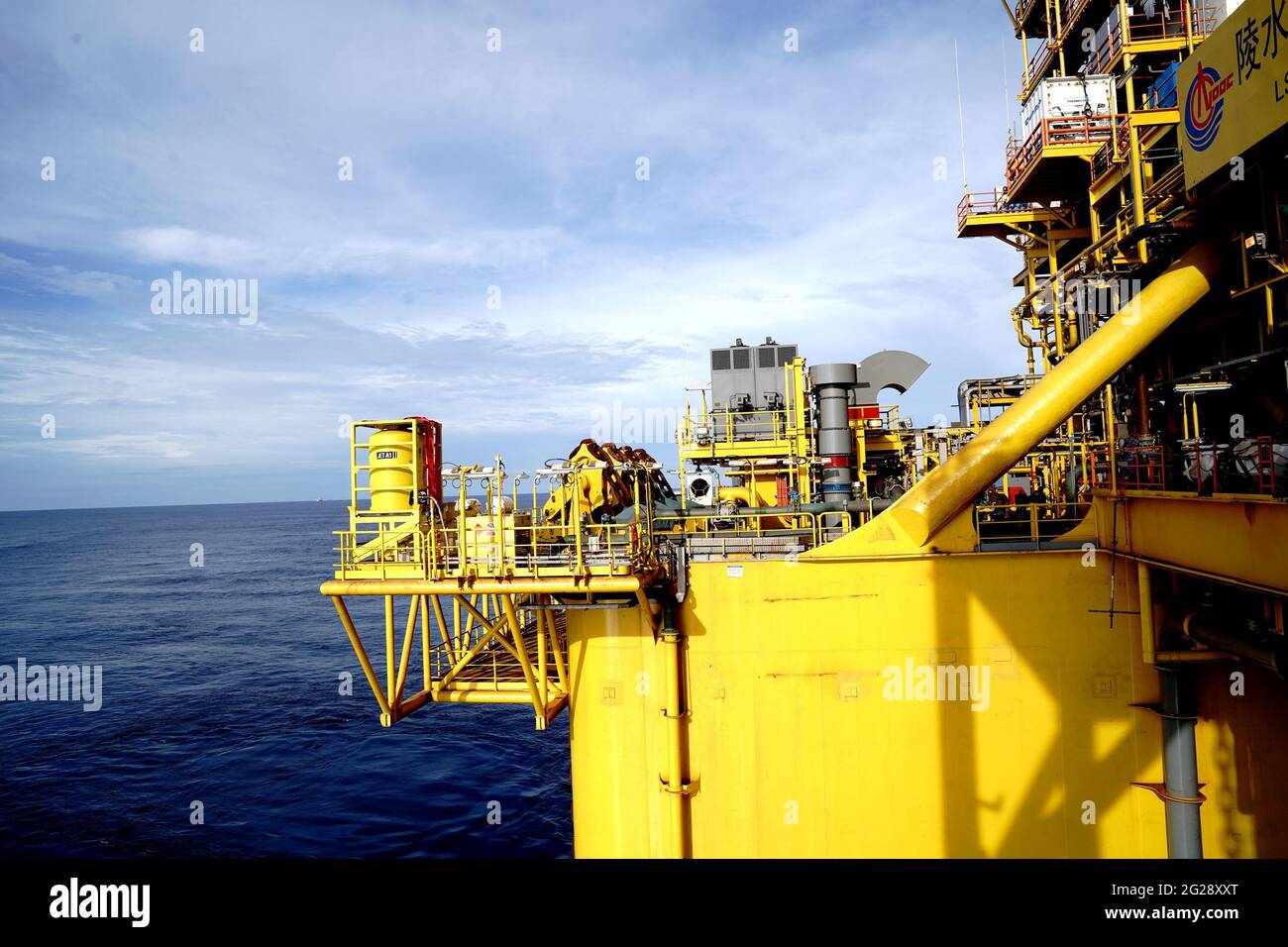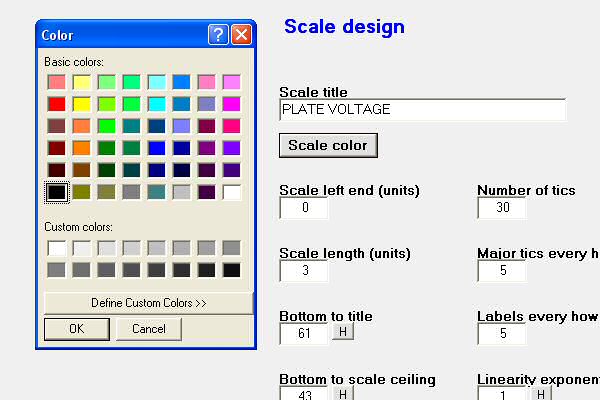
Alongside meters and kilograms, he added the “seconds” defined in astronomy, as a coherent system of units for the physical sciences. This can be considered the first step the development of the present International System of Units.įollowing the French revolution, Johann Carl Fredrich Gauss, a German mathematician, strongly promoted the use of this metric system. Subsequently, two platinum standards were created representing the meter and the kilogram in the Archives de la République in Paris. Credit to several developments in the metric system can be dated back to the French revolution when it was first envisioned. Thus, over the course of centuries, different units and measuring standards have evolved independently.Īs the world has grown closer, the need for a single unified system of units has emerged. Additionally, the lack of communication tools prevented scholars from communicating, discussing and comparing ideas with scholars across the globe. For example, in one part of the world, the cycle of the sun was assumed to be a measure of time, whereas elsewhere, it was the lunar cycles that were used to define time. In the past, various regions of the world followed the measurement systems and units that were most convenient for them. Source: NASA/JPL/Corby Waste – (see also ), Public Domain, īefore venturing further into what happened on that dreaded day, let’s try to understand the different units of measurement and how they came into use in various regions across the globe.

Artist’s conception of the Mars Climate Orbiter. In a sense, the spacecraft was lost in translation. JPL engineers did not take into consideration that the units had been converted, i.e., the acceleration readings measured in English units of pound-seconds^2 for a metric measure of force called newton-seconds^2. The navigation team at the Jet Propulsion Laboratory (JPL) used the metric system of millimeters and meters in its calculations, while Lockheed Martin Astronautics in Denver, Colorado, which designed and built the spacecraft, provided crucial acceleration data in the English system of inches, feet, and pounds. In addition, its function was to act as the communications relay in the Mars Surveyor ‘98 program for the Mars Polar Lander.
The Mars Climate Orbiter, built at a cost of $125 million, was a 338-kilogram robotic space probe launched by NASA on Decemto study the Martian climate, Martian atmosphere, and surface changes. NASA’s Lost Spacecraft The Metric System and NASA's Mars Climate Orbiter

On a day when NASA engineers were expecting to celebrate, the ground reality turned out to be completely different, all because someone failed to use the right units, i.e., the metric units! The Scientific American Space Lab made a brief but interesting video on this very topic. Justin has made a video where he walks you through the most powerful Conformalizer workflows, and reveals some of the new tricks in v4.In September of 1999, after almost 10 months of travel to Mars, the Mars Climate Orbiter burned and broke into pieces.
#Meter tonne software video upgrade#

Massive upgrade to the block view - scrub, select and more.Slick new GUI with much better use of space.Justin told us that Conformalizer V4 has been completely rebuilt, from the GUI to the auto-conform code, and incorporates, in his words, a metric tonne of new features and long awaited bug fixes: If you work with video, you will know that a 'locked picture' rarely stays locks for long so when they change the picture cut, conforming software can save you hours of time. Justin Webster from The Cargo Cult, formerly known as Maggot Software, got in touch to tell us that he has released a new version of his conforming software Conformalizer.


 0 kommentar(er)
0 kommentar(er)
